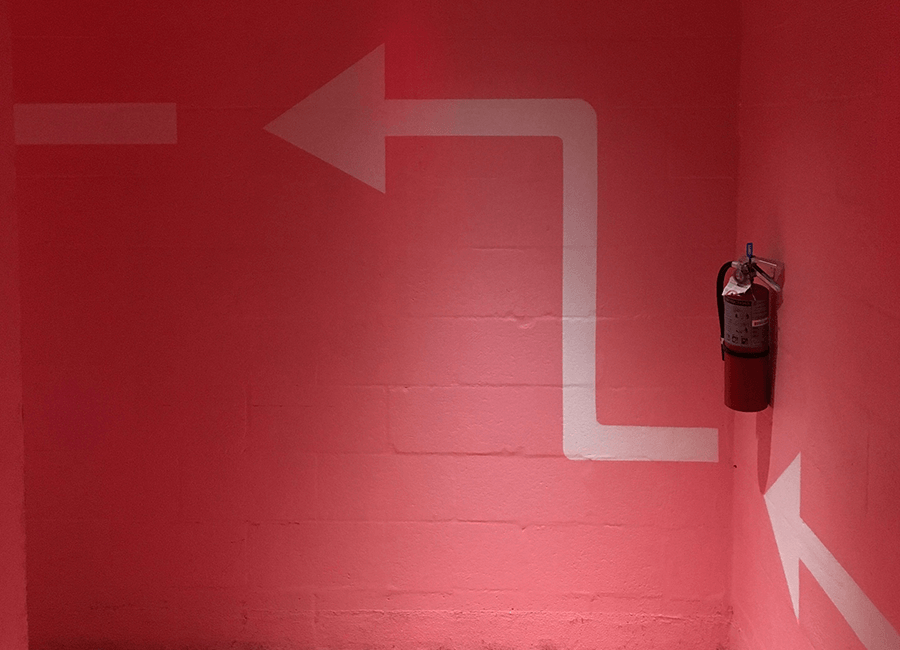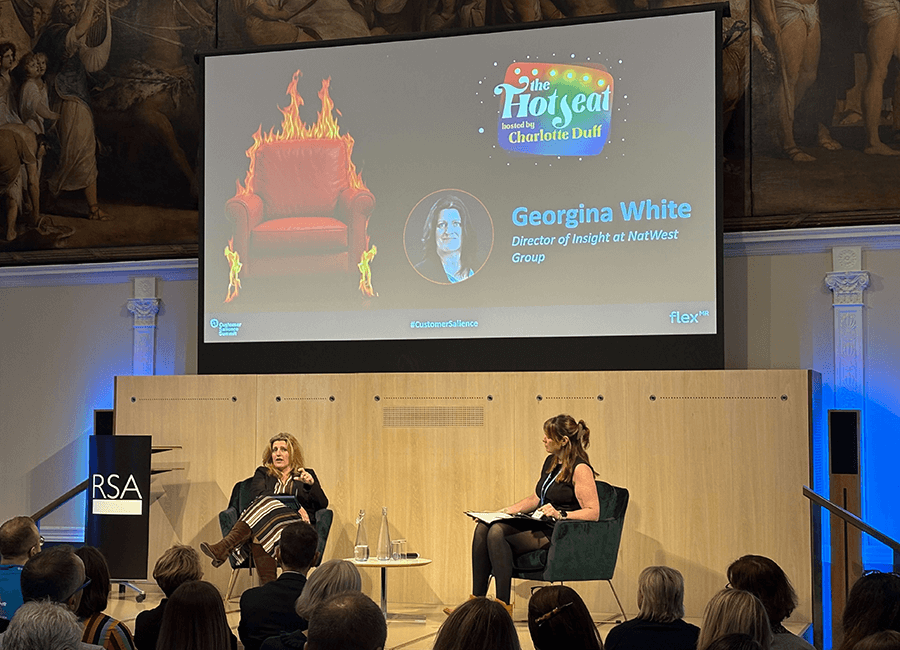Over the years, I have worked with many different clients, and as such have been involved in numerous projects commissioned by clients’ research teams as well as projects purely for stakeholders who have no research experience.
Through this, I have come to understand that there is a negative risk that some client research teams associate with drafting in an agency researcher into project work, which can put the relationship between the client and agency on rocky ground from the very beginning. But that doesn’t have to be the case, both client-side and agency-side researchers can both bring so much to the table and complement each other to conduct really successful projects.
There are many in-house research teams that are capable of delivering high-quality insights to stakeholders, and on a day-to-day basis, that is what they do. In fact, with the right experience and technology available, in-house insight teams have the potential to drive transformation change throughout their organisations. However, that doesn’t mean that there aren’t some cases where a helping hand can’t strengthen the research experience, and enhance the impact of the in-house team in the long run.
| Tweet This | |
| In-house research teams are capable of powering success within their organisation, but that doesn't mean agency help can't boost the research experience and enhance in-house impact. |
Internal Insight Powerhouses
In-house insight teams have the capacity to be powerhouses of insight generation, informing the organisation with accurate and relevant insights in real-time with the right tools, tech, methodologies, skills and funding available. Each team faces their own unique challenges, as we discovered in the last roundtable event, but there are a number of ways they can overcome their obstacles to achieve their full potential.
During any project, one of the modern challenges insight teams are bound to face is being able to produce insights that are directly actionable. As the 2019 NewMR study found, a report that does not convey insights directly actionable for the business can lead to overall dissatisfaction with the research project as a whole.
This is where client-side research teams have an advantage; they have an intimate knowledge of the business, it’s current aims, what previous research has uncovered, what actions are currently being considered and what else has been ruled out previously. Having both this contextual knowledge of the business as well as the research-orientated thinking is key to achieving a good balanced research experience that collects the right data and generates the right insights that drive positive change in the organisation.
Sometimes as an agency researcher, it can be tough to figure out how to position findings so that they make the biggest impact on stakeholders and motivate them to act accordingly. In-house insight teams have a great advantage here; they’re able to communicate with the same stakeholders on a regular basis, understand their motives, their desires and their preferred ways to communicate. Insight teams can take this information and dedicate the time to build up a great collaborative relationship with their stakeholders so that the insights they generate are seen more clearly for what they’re actually worth.
Not only do in-house research teams have the advantage on knowing how to communicate research through the business, they can also help promote a much wider culture of insights, helping the business realise how important research is and learn at which points in time they would benefit from incorporating the thoughts of their customers to help inform strategic decisions.
Taking this knowledge and applying it to all projects run can ensure that the information being disseminated across the business hits the right notes with those who need to act on it either when the in-house team are running projects themselves, or they are working with an agency. I’m a great believer especially when it comes to reporting, that having sessions with the client-side team focused on these aspects to make the insights actionable and hard-hitting can help with the overall success of the report and the debrief.
Filling in the Gaps
While in-house research teams can be powerful on their own, they typically have set tools and methods in place depending on the technology available, the funding they get on a regular basis, and the experience and skillset of the team at hand.
One of my earlier blogs hinted about the skills deficit in the market research industry. Having worked with many researchers (both client and agency-side), I have seen for myself that many tend to favour either qual or quant based on their own natural ability and developed skillset. But what happens when a project requires a methodology the in-house research team haven’t used previously, or don’t feel confident enough to run it in its entirety.
For research tasks not conducted on a regular basis, or to cover any other weak spots in an in-house team’s capabilities, roping in the aid of external agency research teams can boost the ability of the in-house team. This can be an ideal opportunity to bring in agency researchers, either as a partner for running the project, or in a more training role to help in-house teams further develop their skill set, or even a combination of both.
It can be as simple as offering a helping hand to going further and helping magnify those existing in-house abilities. Asking an agency to pick up some parts of the project, such as design, or moderation, can be a nice starting point, and without pushing the cost of a project up too much by allowing an agency to pick up the more routine tasks, allowing in-house researchers and stakeholders to focus on the key aspects of the research experience.
Many research agencies are exploring different ways of being able to communicate research, so this presents an opportunity for in-house teams to tap into this and work alongside agencies to deliver insight in differing ways from infographics and other visual reporting, to workshops to bring research to the fore-front during strategic decision making.
Personally, I am a great believer in explaining rationale and approach to clients as a project runs its course, which in turn can help them learn the necessary skills to be able to be more independent in the future. Some clients have gone from requiring our fully support in their initial projects to be able to field similar later project themselves, just with us stepping in on a more advisory role.


















